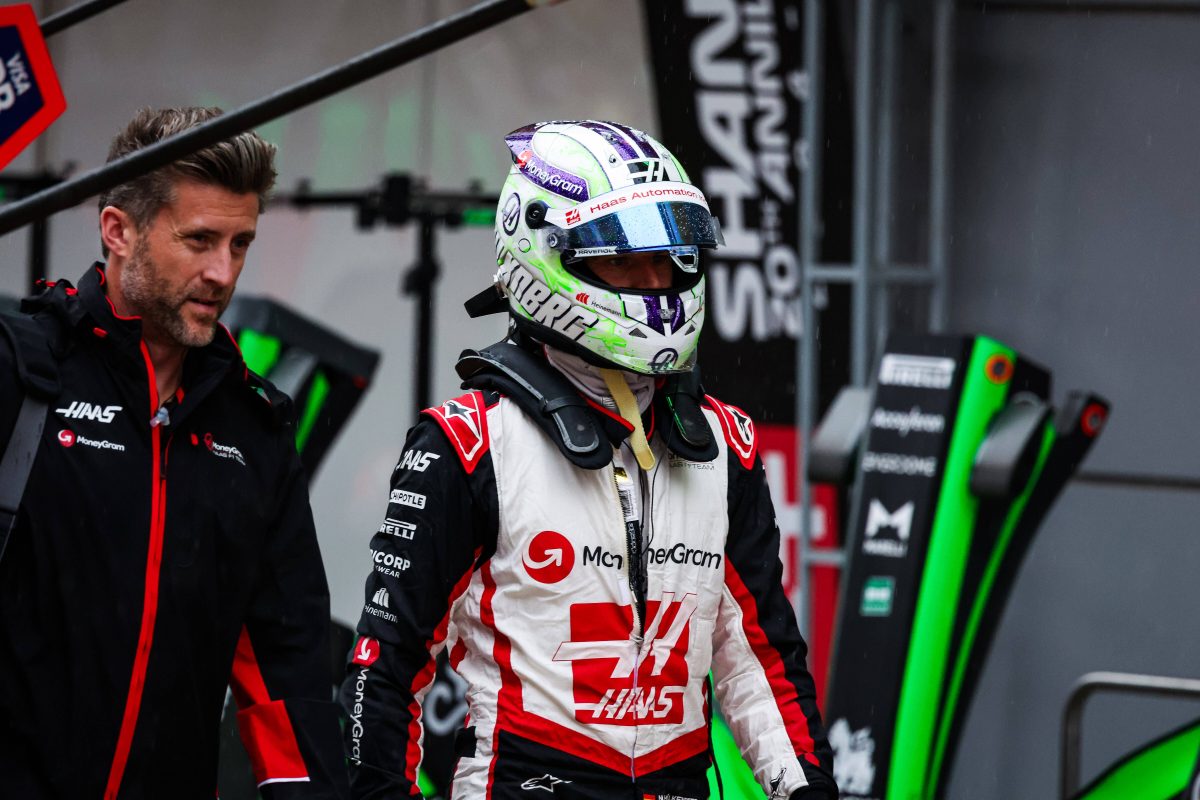Perhaps some engine enthusiasts still remember the pre-chamber injection in diesel engines or at least the guttural sound of the legendary pre-chamber diesel engines from Mercedes-Benz. It seems as if this technology has celebrated a mini-renaissance in gasoline engines in recent years, but by very different means than at the time. This is also demonstrated by Subaru's recent patent application to the US Patent and Trademark Office.
Environmental friendliness: electric car versus combustion engine
30:45 minutes
Essentially, pre-chamber injection can increase efficiency, cleanliness and durability. To do this, a small chamber in the combustion chamber around the spark plug is “separated” from the rest of the compression volume by a perforated cap. A mixture of fuel and air is ignited in this chamber, and the flame then spreads across a wide front into the main combustion chamber and ignites the mixture there evenly and in different locations. In gasoline engines, this results in faster combustion and a reduced tendency to knock.
Light-burning, fuel-efficient engines
Because this allows compression and efficiency to be greatly increased, this principle is particularly suitable for engines operating in lean mode – that is, with little fuel and lots of air. Miller or Atkinson engines also make use of the principle of chamber pre-ignition. Nowadays, these engines are often combined with hybrid powertrains. The primary disadvantage of lean combustion is slow ignition and increased production of nitrogen oxides (NOx). Complex and calculated chamber pre-ignition can combat these disadvantages and even burn mixtures with air ratios greater than 2 cleanly.
Chamber pre-combustion of vaporized fuel
Ford continues to develop the internal combustion engine
Pre-chamber injection and ignition are often achieved by a second fuel injector for each cylinder. An additional spark plug is often needed. Subaru takes a different approach with what it calls the “lower combustion chamber.” The Japanese deal with one spark plug and one injector per cylinder.
Advantages of cold start
Subaru's technology is said to save fuel even when starting from cold. After all, hybrid drives in particular often operate in this unpopular temperature window. When the combustion engine is cold, the ignition timing is often retarded in order to preheat the catalytic converters in the exhaust system. The layered charge aims to precisely distribute the rich air-fuel mixture and reduce NOx. However, a lot of fuel is sprayed here and a large part of it is wasted. Extra fuel also collects on the cold cylinder walls, resulting in less ignition and higher emissions of pollutants. The Subaru Principle also focuses on this point. The patent shows that the walls of the combustion chamber are protected by vortexes of air previously injected via an air injector.
The primary chamber and air injector can be seen in the right part of the combustion chamber. Fuel is injected into the main combustion chamber via the injector on the left.
Problem: The mixture holds too much air, so it becomes noticeably smaller, making ignition more difficult. But this is intentional. Only shortly after the piston reaches top dead center, a small amount of additional fuel is injected into the main combustion chamber – much less than a conventional cold start sequence would require. The ignition in the waiting room should be able to handle the thin mixture as efficiently as possible. Once the walls of the combustion chamber are warm, there is no need for protection with a layer of air. The air injector and auxiliary fuel supply can be turned off.
Opportunities to use the series
Subaru wants to save fuel and reduce pollutants in the exhaust gases through the pre-chamber principle as well as through additional air injectors and cold start features. High compression can also lead to significant performance increases in lean combustion engines. The Japanese have not yet revealed the potential savings that Subaru sees. Similar systems have already achieved good savings of eight percent on the WLTP cycle.
Because no additional spark plug or additional fuel injection is required, the system can be relatively easily integrated into an existing Boxer fleet. In the patent, the Japanese explicitly indicate that other types of fuel and engine configurations could also benefit from pre-chamber technology with air injection. So there can be wild speculation about where we'll see the technology on the road for the first time – perhaps already in the announced hybrid version of the US Forester (see photo gallery).
Conclusion
Subaru has filed a patent in the United States describing pre-chamber technology for gasoline engines with supplemental air injection. This is primarily intended to improve fuel consumption and exhaust emissions – especially in cold weather. Thanks to their technology, the Japanese can get by with just one spark plug and one fuel injector. It remains to be seen when and whether this system will soon be found in series engines.
This article may contain links to service providers from whom auto motor und sport may receive a commission (so-called “affiliate links”). More information here.

“Tv expert. Hardcore creator. Extreme music fan. Lifelong twitter geek. Certified travel enthusiast. Baconaholic. Pop culture nerd. Reader. Freelance student.”







More Stories
Kansai Airport in Osaka: Not a single piece of luggage has been lost since it opened 30 years ago
Federal Chancellor Karen Keller Souter wants more bank stocks – News
What are the opportunities available to the company?